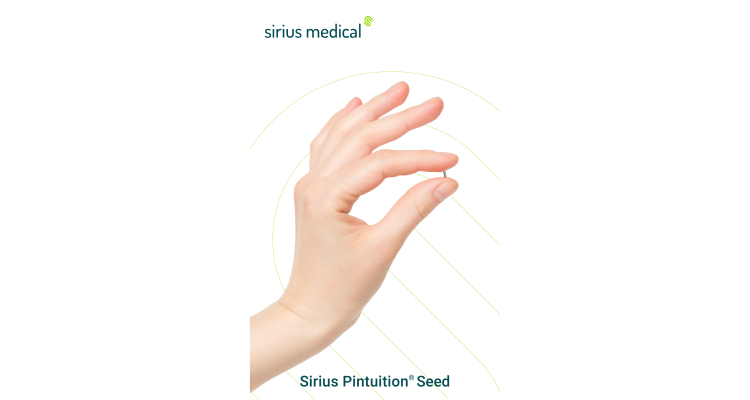
In a first for NHS Scotland, the breast team at Raigmore Hospital, Inverness have used the Pintuition System for excising impalpable breast cancers, rather than the traditional guide wire method.
Approximately one third of all breast cancers and 90 per cent of screen-detected cancers are not palpable at the time of diagnosis. As a result breast surgeons must find and remove even smaller, earlier-stage tumours that cannot be felt in surgery.
To assist with this, metal anchor wires will have been placed on the morning of surgery to help locate tumours before their removal. However, this can add additional pain and stress to the patients on what will already be a stressful day for them. Radiology and surgery programmes also need to be carefully planned and lined up to ensure both can be carried out on the same day, which can lead to delays.
Last month NHS Highland was the first NHS Board to use the Pintuition localisation system, developed by Sirius Medical, which can replace the current wire system.
By using this system, patient stress and anxiety will be reduced and there will be greater flexibility on when this surgery can take place as the magnetic seed can be inserted up to 30 days prior to surgery rather than the day of surgery. Patients do not notice or feel the magnetic seed, which is the size of a grain of rice, and they can go home until the day of their surgery.
During surgery, the surgeon detects the marker with software using the Pintuition Detector. The detector provides directional feedback using audio and visual guidance and allows the surgeon to decide where they are going to make the incision to remove the tumour.
Mr Russell Mullen, Consultant Breast Surgeon for NHS Highland, said: “We are very pleased to be the first in Scotland to use the Pintuition system to locate and allow excision of impalpable breast cancers.
“The placement of a small magnetic seed prior to the day of surgery removes the need for the placement of wires, which have to be placed on the morning of surgery, which can be stressful for patients and reduces pressure on our breast radiology team. I look forward to using it more widely in the future."
